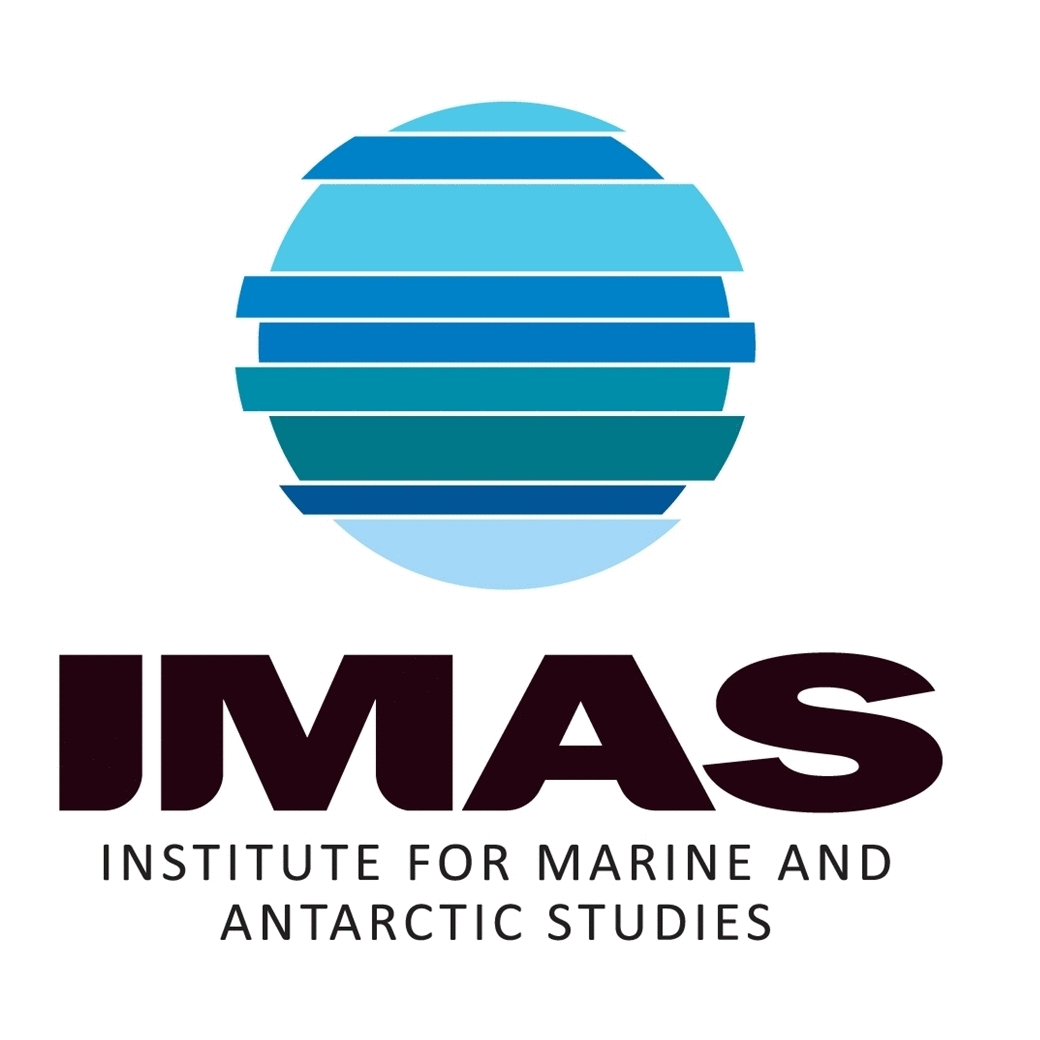SeaMap Tasmania benthic habitat map
The SeaMap Tasmania project undertook mapping of seafloor habitats across the nearshore Tasmanian coastline (0-40 m) - the first state to compile a statewide asssimilated benthic habitat dataset.
This initiative comprised of collating aerial photography (from archives), acoustic mapping, and conducting underwater video surveys and field-based visual observations. From this, 1:25,0000 scale habitat maps were created for shallow coastal water to within 1.5 km of the coastline (or 40m depth, which ever was arrived at first).
Depth information was collected via acoustic methods and used to discriminate seafloor habitat type, in combination with scanned aerial photographs and towed video transects providing ground-truthing information. See 'Lineage' section of this record for full methodology and data dictionary.
This data is also available via the Seamap Australia National Benthic Habitat Layer - a nationally consolidated benthic habitat map.
Simple
Identification info
- Date (Creation)
- 2013-01-01
Principal investigator
Principal investigator
Principal investigator
Principal investigator
Principal investigator
- Status
- Completed
Principal investigator
- Topic category
-
- Environment
- Biota
- Oceans
Extent

Temporal extent
- Time period
- 2000-01-01 2009-12-31
Vertical element
- Minimum value
- 0
- Maximum value
- 40
- Identifier
- EPSG::5715
- Name
- MSL depth
- Maintenance and update frequency
- Not planned
- Global Change Master Directory (GCMD) Earth Science Keywords Version 8.0
- Keywords (Discipline)
-
- Temperate Reef
- Keywords (Theme)
-
- Benthic habitat
- Seafloor habitat classification
Resource specific usage
- Specific usage
- Data supplied as testing for a national marine benthic habitat classification scheme (Seamap Australia).
Resource constraints
- Classification
- Unclassified
Resource constraints
- Linkage
-
http://i.creativecommons.org/l/by/4.0/88x31.png
License Graphic
- Title
- Creative Commons Attribution 4.0 International License
- Website
-
http://creativecommons.org/licenses/by/4.0/
License Text
- Other constraints
- Cite data as: Lucieer VL (2007). SeaMap Tasmania Habitat Data. Tasmanian Aquaculture and Fisheries Institute. Data accessed at http://metadata.imas.utas.edu.au/geonetwork/srv/eng/metadata.show?uuid=7a6751e0-1ad5-11dc-9e36-00188b4c0af8 on (access date).
- Other constraints
- The data described in this record are the intellectual property of the the Tasmanian Aquaculture an Fisheries Institute (TAFI).
- Other constraints
- Data not to be used for navigation purposes.
- Language
- English
- Character encoding
- UTF8
Distribution Information
- OnLine resource
-
SHAPE-ZIP
DATA ACCESS - This OGC WFS service returns the data (Seamap Tasmania benthic habitats) in Shapefile format
- OnLine resource
- PUBLICATION - Mapping the gaps [PDF]
- OnLine resource
-
seamap:SeamapAus_TAS_SeamapTas
MAP - SeaMap Tasmania benthic habitats
- OnLine resource
- View data in the interactive Seamap Australia data portal.
Resource lineage
- Statement
- Depth and positional point data from a Simrad ES60 120 kHz single beam echo sounder and an Omniliote132 differential GPS were captured using the Simrad ES60 logging software. The raw echo data from the Simrad ES60 echo sounder was used to discriminate habitat type in the Software Package EchoView 3.30. The point dataset was checked for extraneous data, cleaned and converted to point shapefiles using ESRI ARCGIS Version 9.1. The point data was used to interpret boundaries and formed the basis of a polygon shapefile that was generated from the data. Selected aerial photographs were scanned at 600dpi and stored as 24bit colour TIFF images. Each was georeferenced using ESRI ARCGIS Version 9.1 to the Tasmanian Coastline coverage in MGA. The point data was overlayed on the aerial photographs to check for continuity especially in generating the reef habitat polygons. The generated polygon coverage was edge matched to the 1:25000 coastline shape. The 1:25000 coastline was supplied by the Land Information Services Division of the Department of Primary Industry, Water and Environment Tasmania. ------DATA DICTIONARY------ The attribute SM_HAB_CLS contains the full text classification assigned to a polygon. Definitions as below: • Reef: Any consolidated substrate. Typically consists of rocky outcroppings and may be of any profile or rugosity. • Cobble: A hard bottom type consisting of small rocks generally less than 30 cm in diameter. • Sand: The most commonly encountered unconsolidated substrate. It represents the coarser end of a scale of sediments. • Silt: Common in deeper sheltered bays or the within the estuarine regions. Represents the finest unconsolidated substrate. Characterised in the echogram by a lack of a second echo and often little scatter in the trace tail. • Aquatic Macrophytes: Covers subtidal vegetated in areas that includes multiple species, that are unable to be separated based on acoustic data. These species include but are not limited to the seagrasses Heterozostera tasmanica, Ruppia sp, and the hornwort. • Seagrass: Areas of dense seagrass, where the substrate, usually sand, is completely covered by seagrass and the patch size is greater than 20 m wide. Three species of seagrass commonly occurred sub-tidally within the regions surveyed: Heterozostera tasmanica, Amphibolis antarctica and Posidonia australis. • Ruppia: Ruppia sp. is a seagrass that form extensive beds in brackish water. This species is confined to estuaries and coastal lagoons, and has been separated from the other seagrass species based on it forming large single species beds that are rarely mixed with the other species, which generally occur in more marine water. • Ricegrass: Ricegrass, Spartina anglica, is an introduced species found in several estuaries around Tasmania, most notable the Tamar estuary. This species is common on intertidal mud flats.
- Hierarchy level
- Dataset
Reference System Information
- Reference system identifier
- EPSG/WGS 84 (EPSG:4326)
- Hierarchy level
- Dataset
Platform
Identifier
- Code
- research vessel
Metadata
- Metadata identifier
- urn:uuid/7a6751e0-1ad5-11dc-9e36-00188b4c0af8
- Language
- English
- Character encoding
- UTF8
Point of contact
- Parent metadata
Type of resource
- Resource scope
- Dataset
- Metadata linkage
-
https://metadata.imas.utas.edu.au/geonetwork/srv/eng/catalog.search#/metadata/7a6751e0-1ad5-11dc-9e36-00188b4c0af8
Point of truth URL of this metadata record
- Date info (Creation)
- 2020-09-23T12:26:17
- Date info (Revision)
- 2025-08-12T22:42:44
Metadata standard
- Title
- ISO 19115-3:2018
Overviews
Spatial extent

Provided by

 TemperateReefBase Geonetwork Catalogue
TemperateReefBase Geonetwork Catalogue